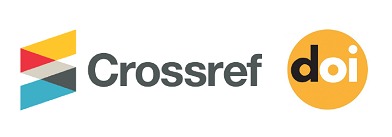The effect of peer education strategy to learning the skills of smashing and blocking of volleyball for students
DOI:
https://doi.org/10.33170/jocope.v17i5.148-165Keywords:
Peer Education Strategy, Smashing and Blocking Skills, VolleyballAbstract
The research aimed to prepare educational units according to the peer education strategy (twos, threes, fours) in teaching the skills (smashing and blocking) in volleyball to students. And to identify the effect of educational units according to the strategy of peer education in its three types (twos, threes, fours) on cognitive achievement and learning the skills of smashing and blocking the wall with volleyball for students. The researchers used the experimental method by designing three experimental groups, and the research community included second-year students in the College of Physical Education and Sports Sciences/University of Karbala, who numbered (86) students. As for the sample of the research, it was chosen by a simple random method (lottery), as it was composed of three groups: (A, B, and C), as the first experimental group (pair pairing method) represented (10) students representing the group (A) and (9) students representing Section (B), which is the second experimental group (three-way pairing method), and (8) students representing section (C), which is represented by the third experimental group (four-way pairing method). The data was processed statistically using the statistical package (SPSS), and the researchers concluded that the peer learning strategy (two-, three-way, and four-way) has a positive impact on cognitive achievement and skills (smashing and blocking), but in varying proportions. The researchers recommended emphasizing the importance of using the strategy. Peer teaching plays a major role in learning volleyball skills to keep up with the fast rhythms of the game.









